Hello, everyone! Welcome to “Inconvenient Truths by Jennifer Zeng”.
Recently after the Chinese Communist Party, the CCP’s head Xi Jinping gave “an important instruction” about stopping food waste, the CCP’s state media has made a lot of fanfare about it. What does this mean?
Also, when more than half of China is suffering very bad flooding situations, why didn’t Xi Jinping go to the affected areas to lead the disaster relief efforts, but went instead to northeast China to inspect the cornfields ? Is it really because a food crisis is looming in China? Will China go back to a food rationing system like before? How was life under the rationing system?
Also, as it seems that the CCP’s mysterious annual “Beidaihe Meeting” has finished, what has happened at the meeting? Are the rumors about recent coups in Beijing and Shanghai real? Will Xi Jinping be ousted?
Today I will talk about all these issues.
No More Food Wasting
On August 11, the CCP’s mouthpiece Xinhua, published an article titled “Xi Jinping Gives Key Instructions to stop food and beverage waste”. In this article, Xi quoted a famous Chinese poem, “Who knows that of our meal in the dish, every grain comes after hard toil?” He said that the amount of food that goes to waste in the country is “shocking and distressing”, “We should still maintain a sense of crisis about food security. The impact of this year’s Covid-19 pandemic has sounded the alarm.”
Xi also called for more efforts to strengthen legislation and supervision and establish a long-term mechanism that will resolutely stop food wasting.
Immediately a “Clean Plate Campaign” was launched nationwide. Wuhan Catering Industry Association urged restaurants in the city to limit the number of dishes served to diners – implementing a system where groups must order one dish less than the number of diners.
In other words, under this so-called “N-1” system , a group of 10 people can only order 9 dishes.
Following Wuhan’s “N-1” system, Liaoning province started to promote “N-2”, which means 10 people can only order dishes for 8.
On August 14, a restaurant in Changsha City in Hunan Province started to ask diners to step on a weight scale and weigh themselves first before they can order their food.
Universities throughout China all put up slogans, such as “The Food, Hey, Tastes So Good! Saving Food, Hey, Feels So Wonderful!” “Empty Your Plates, Don’t Be Wasteful Boys and Girls”, “The Tiny Rice Grain Is Patting You, Please Don’t Waste Me.”
Short-video and social media platforms said they will punish users seen to be wasting food in their broadcasts, cracking down on so-called “big stomach kings”.
Xi Jinping: “I Care Very Much About Food Security”
Prior to these events, on July 24, after being absent from the public eye for quite some time, and amidst severe flooding situations in 27 provinces, Xi Jinping suddenly appeared in Jilin Province and visited cornfields there.
During this inspection, Xi Jinping said, “I care very much about grain production and food security,” and he demanded that Jilin make efforts to ensure food security, accelerate the transformation of agricultural development, and provide more experience in developing modern agriculture.
You know, in China, when the CCP and the CCP’s propaganda machine start to stress on something, or talk about how we must do well on something, it is always a sign that huge problems must have already existed in this area. Otherwise, they wouldn’t have talked about it at all.
So as soon as Xi Jinping stressed “food security”, and even mentioned about passing laws to punish food waste, people immediately viewed it as a sign that a food crisis must be looming in China.
A Year of Disasters
Is there hard evidence?
On August 12, China’s State Administration of Grain and Materials Reserve officially reported that as of August 5, wheat production in the main producing areas was about 43 million tons, a decrease of 9 million tons compared to last year. This report quickly sparked a lot of public discussion, as worries about wheat and rice production reduction has been spread for quite a while now.
I believe that this kind of figure is nothing surprising for people who have been following situations in China closely this year. So many natural and man-made disasters have happened.
Actually, a friend of mine living in New York told me that this year, in Jiangsu province, which is one of the most important grain-producing provinces, the summer wheat harvest was only ⅔ of the average level. He knows this because his family runs a food business in Jiangsu.
According to popular Chinese financial analyst Caijinglengyan, in addition to the impact of epidemics on spring planting and hailstorms in the northeast and other regions, the northern drought is also serious, wheat production in Henan, Shandong and Anhui province generally reduced, some places by about 20-30%. This number is in line with what my friend told me.
Caijinglengyan also mentioned that in previous years, after harvesting wheat, farmers directly transported it to the flour mill to sell or store it there. But this year, most farmers stored wheat at their homes instead.
In addition to wheat, the floods that are now spreading across China’s 27 southeastern provinces pose a huge threat to rice production, as the southeast is the main rice-producing area in China. This year’s persistent floods and high water levels have wiped out the rice crop in many major rice-producing areas.
In particular, areas such as the Poyang Lake basin and the middle and lower reaches of the Yangtze River, such as the Jianghan Plain, are likely to see a significant reduction in rice production this year.
Apart from drought and floods, locust swarms have also occurred in Yunnan, Guangxi and Hunan province this year, coupled with disasters such as the “food killer” or meadow moths. China’s food supply may have already hit the red line. This year’s widespread reduction in grain production will surely happen.
Problematic Grain Reserves
In ancient China, if there was a year of disaster, the government would open the granary and release the grain reserves.
However, China’s current grain reserves situation is very worrying.
On July 12 this year, a woman released a video of her inspecting the granary of the China National Grain Reserve Group Corporation at Qinggan County in Heilongjiang Province.
As one can see in her video, all the corn grains in the granary are moldy. She says the corn smells terrible and can be crushed with a finger. She also says that 20 centimeters thick of “sifted matter” were mixed in the corn grains that were sold to her.
After this video was released, the China National Grain Reserve Group Corporation refused to admit that there was a quality problem with their reserves. Instead, they issued a new regulation, saying that in the future, nobody is allowed to go into the granary with a cell phone or other cameras.
If you search with the word “granary” in Chinese on Chinese social media platforms, you can find a lot of videos showing granaries on fire, such as this one showing a granary in Shanghai on fire on Dec. 13, 2019. This one is also in Shanghai, on July 5 this year. This one is at Duyun City in Guizhou province on July 1 this year. This one is in Ningyuan County of Hunan Province in March this year.
Why did all these granaries catch on fire? The theory is, because there was no more grain, or not enough grain inside them. So officials set them on fire to hide the problems.
Therefore, even the food authorities may claim that China has this much grain reserve according to the numbers they gather from local food officials, who knows how many of the granaries are actually empty, or full of moldy grains?
Local Authorities Bracing for A Food Shortage
A relative of my friend in New York is a former CCP official in the food management system in Jiangsu province. This relative is now running his own grain company. Ten of his granaries are rented by local food authorities for official grain reserves. He has 11 more granaries for his own company.
My friend said that he learned from this relative that the actual official grain reserves could only be half of what is reported.
He also said that in previous years, his relative sold grains to Shenzhen to make more money, as the price in Shenzhen was higher. But this year, local authorities did not allow this relative to sell grain to Shenzhen any more. Instead, they bought all grains reserved in 10 out of his 11 granaries. His relative only has one granary left for his own use. This indicates that local authorities are preparing for future food shortage.
Another obvious sign is this: In previous years, after some grain was reserved for more than two years, the quality was no longer good, as they were not taken good care of. This kind of old grain was usually sold to prisons for prisoners to eat, or to animal food processing plants to be made into food for animals.
However, this year, they have stopped doing this, which means, no more old grain was sold to make space for new grain. Everything has to be kept.
Importing Food Has Also Become a Challenge
The latest official news is, on August 17, the Chinese Academy of Social Sciences released a report and predicted that in the next five years, China could run short of 130 million tons of food.
We all know that China is a net food importer. Every year it imports over 1 trillion tons of food, and 80% of soybeans have to rely on imports.
This year, with the pandemic affecting many countries. Some countries have limited the export of food; and foreign currency reserve of China is also shrinking due to a variety of reasons. All these add additional challenges to China’s food security.
The “Supply and Marketing Cooperative” System
Another thing to take notice is, in recent years, the so-called “Supply and Marketing Cooperative” system from the 1950s, 1960s and 1970s started to appear again in China.
What is “Supply and Marketing Cooperative”? It was the system adopted by the CCP before the so-called “reform and openess to the outside world” policy. Under this system, the government set the prices for everything, and bought and sold everything, too. There were no private companies or free markets.
According to Xinhua, 95% of small towns had resumed the “Supply and Marketing Cooperative” in 2018. There were altogether over 30K such “cooperatives” in China.
A National Rationing of Everything
Accompanying this system in the 1960s and 1970s was the national rationing of virtually everything.
I remember in my childhood, up until when I went to university in the 1980s, we had all sorts of vouchers for different things: Rice voucher to buy rice, flour voucher for flour, meat voucher, oil voucher, tofu voucher, sugar voucher, textile voucher…etc. Without a voucher, even if you had money, you couldn’t buy those things.
And how many of those things could we have?
I remember each person could have 0.2 kg, or about 0.44 pounds of pork and cooking oil per month. I have two younger sisters, so there were 5 people in our family.
So, for our entire family, each month we had only 1 kg, or 2.2 pounds of pork and cooking oil.
That’s why we seldom ate meat. Sometimes when we had sausages, each of us could have only 2 or 3 very thin slices, and those thin slices were put into our bowls. Inside our family, we also did rationing for everything.
That was how difficult life was in my childhood.
Even after I entered the university in 1984, we were still using food vouchers. I remember at that time, there were often some small traders sneaking into female students’ dormitories and yelling “Food voucher for socks! Food voucher for socks!” That means, we could exchange socks with food vouchers if we had any extra.
Will China Go Back to the Old Days?
Will China go back to those days? Talks about China going back to the planned economy have been going on for a while. With the international environment having changed dramatically for the CCP, and with the CCP faced with many challenges from all fronts, nothing is impossible.
As a matter of fact, many ordinary Chinese citizens have started to hoard food ever since the pandemic happened. The problem is, as we can hardly get any real numbers from the CCP’s official reports, it is very hard to estimate how bad the situation really is.
We can only hope, tragedy like the Great Chinese Famine in which 40 millions were starved to death won’t happen again.
But hard times seem very, very likely for the Chinese people who live in the CCP’s kingdom of lies, deceits, cover-ups and brutality.
What Has Happened at Beidaihe? Will Xi Jinping Be Ousted?
In our episode on August 6 about CCP’s slip going public, I talked about the CCP’s mysterious annual meeting at Beidaihe, in which the most important issues of the country are discussed and decided; and this Beidaihe meeting usually happens in late July to early August, but nobody knows the actual date, as the CCP never announces it.
This year, judging from the public appearance of the top CCP leaders, we have noticed that this year’s Beidaihe Meeting was longer than usual, has lasted for 2 weeks and has just finished.
Why do I say so?
Yesterday (August 17), Xinhua reported that Xi Jinping had sent a letter to congratulate a conference of the National Youth Federation, and that Wang Huning, member of the Standing Committee of the Political Bureau of the CCP, attended the opening ceremony. Wang Huning is regarded as the chief advisor of Xi Jinping.
On the same day, Chinese Premier Li Keqiang hosted a State Council executive meeting and talked about economic issues. As there are no photos or videos of this meeting, people assume that it was a virtual conference.
Anyway, the fact that both Xi Jinping and Li Kejiang started having activities let people believe that the Beidaihe Meeting has finally finished.
Why was this year’s Beidaihe Meeting longer than usual? It was said that the internal fighting had been very intense, as many CCP seniors were very unhappy with Xi Jinping’s handling of many things, including the trade war with the US and Hong Kong.
According to exiled Chinese billionaire and whistleblower Miles Guo, or Guo Wengui, on August 13, that was the date when the Beidaihe Meeting was still going on, there were two failed small scale coups in Beijing and Shanghai, and that Xi Jinping was very much frightened because of those attempts.
We have no idea how true this information is. From what we can see in Xinhua’s report, Xi Jinping still has his three titles on when he emerged again from the Beidaihe Meeting. What are his three titles? General Secretary of the CCP, which means he controls the party, Chinese President, which means he controls the country, and Chairman of the Central Military Commission, which means he controls the army.
However, from the fact that both he and Li Keqiang didn’t personally, or physically, appear in the public events in Beijing, people think that they may not be staying in Beijing at all. Especially for Xi Jinping, he might feel that it is not safe for him to stay in Beijing.
Cai Xia, a former professor at CCP’s elite Central Party School, who was just expelled from the party yesterday (August 17) for openly criticizing Xi Jinping, said in an interview with Radio Free Asia that Xi Jinping is facing widespread opposition in his own party, and that getting rid of Xi Jinping has become a consensus within the party.
However, Cai Xia said that it is very difficult to rely on the internal CCP force to replace Xi Jinping, as Xi had broken up the whole party and there was no space or atmosphere for normal exchange of views among party members. So it was impossible for other CCP members to organize themselves to do something together.
By the way, Cai Xia also said that she felt honored to be expelled from the CCP, as she has no intention to associate with the CCP “mafia”, and is glad to be back in the ranks of common folks.
That’s all for today. Truth, no matter how inconvenient it is, does save lives. Please subscribe to my channel, share it with your friends and family, and check out my other videos.
Thank you. See you next time!
8/18/2020
***************
Truth Saves Lives. Subscribe and support! 真相能救命。請支持!
Subscribestar 會員頻道: https://bit.ly/3fEzeJB
YouTube 油管:http://bit.ly/2uBfJPr
GoFundme 衆籌:https://bit.ly/2zx6LVw
Patreon 網站:https://bit.ly/3cvBy3H
Paypal 捐款:http://paypal.me/JenniferZeng97
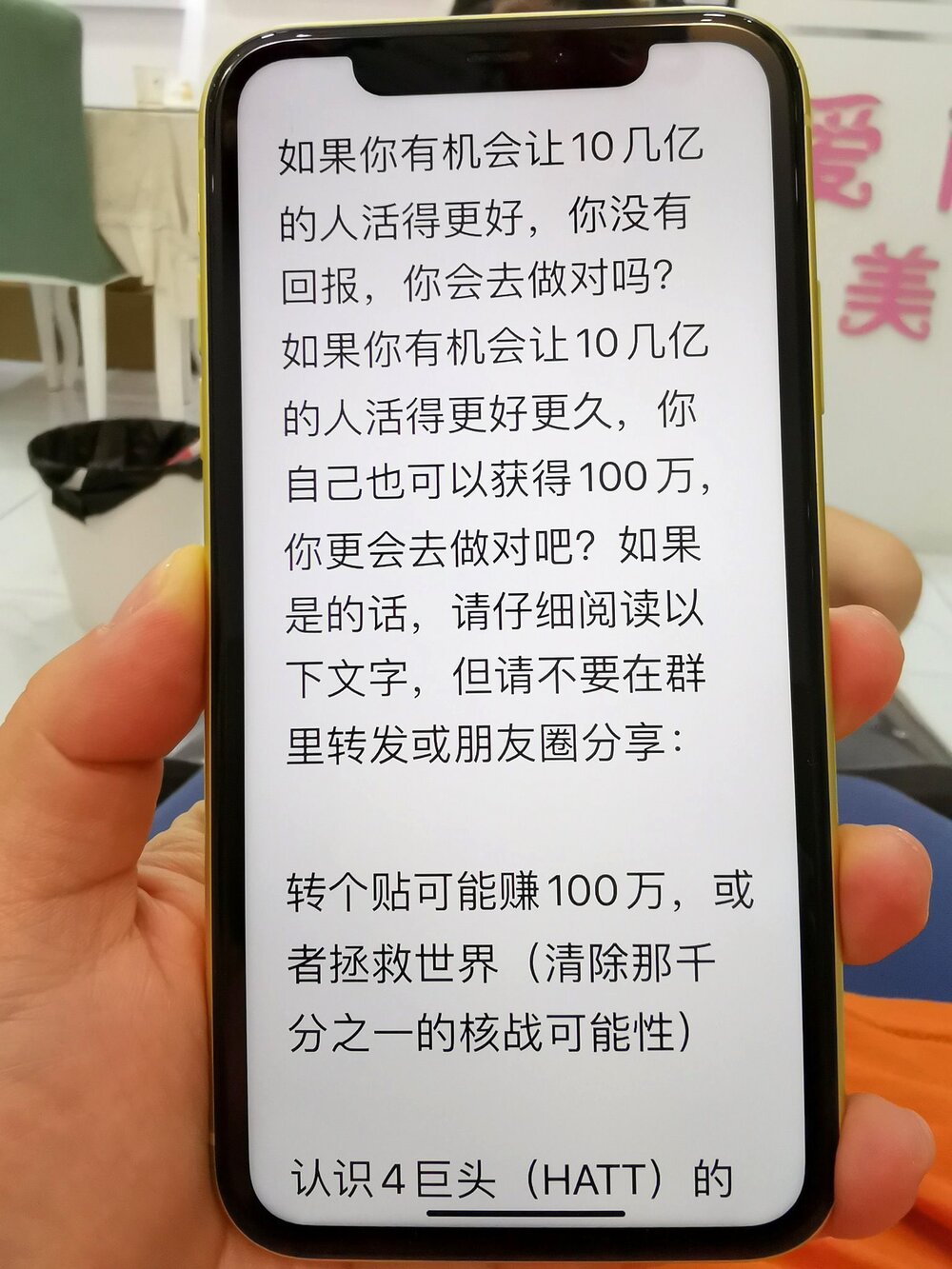
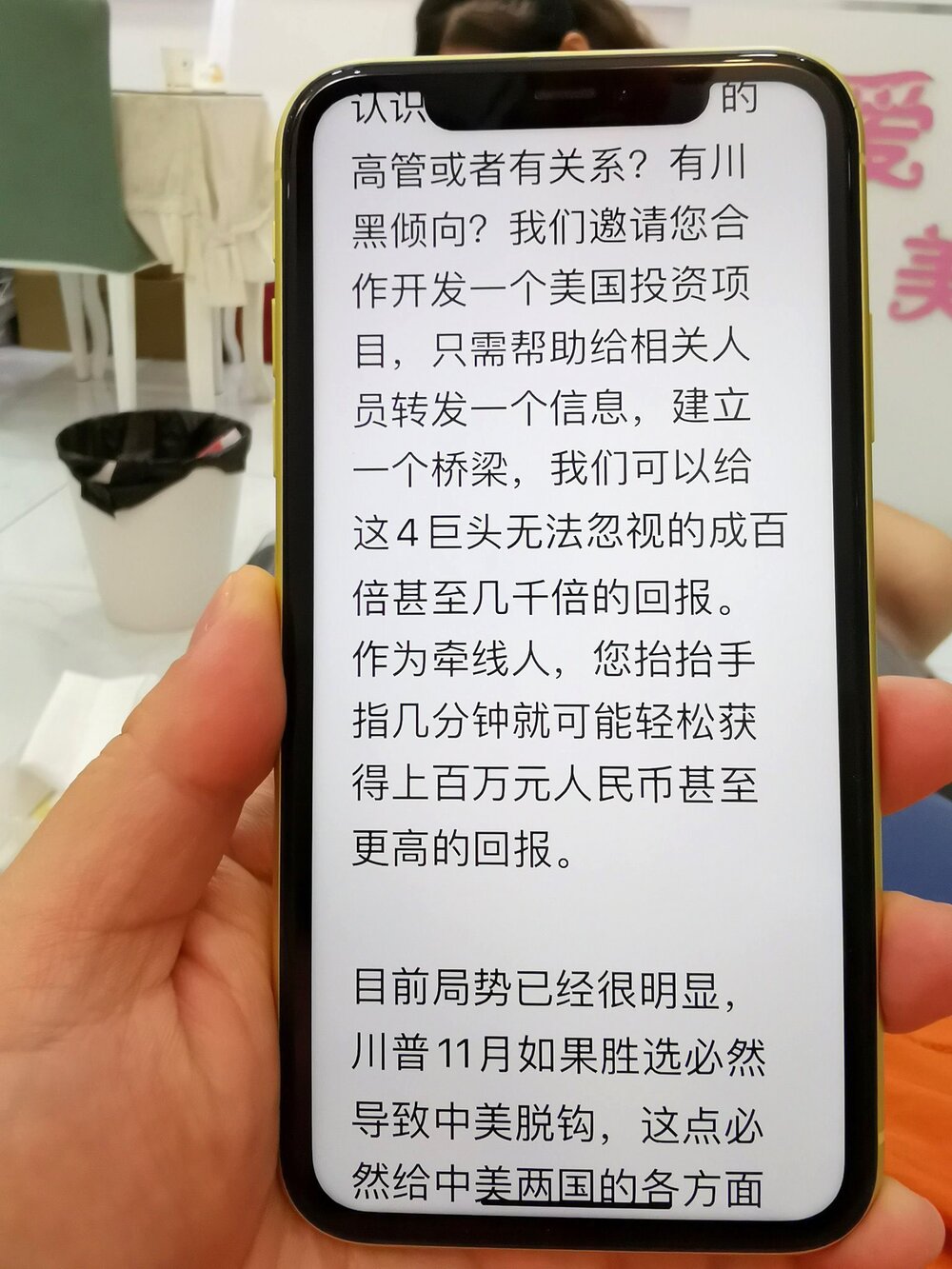
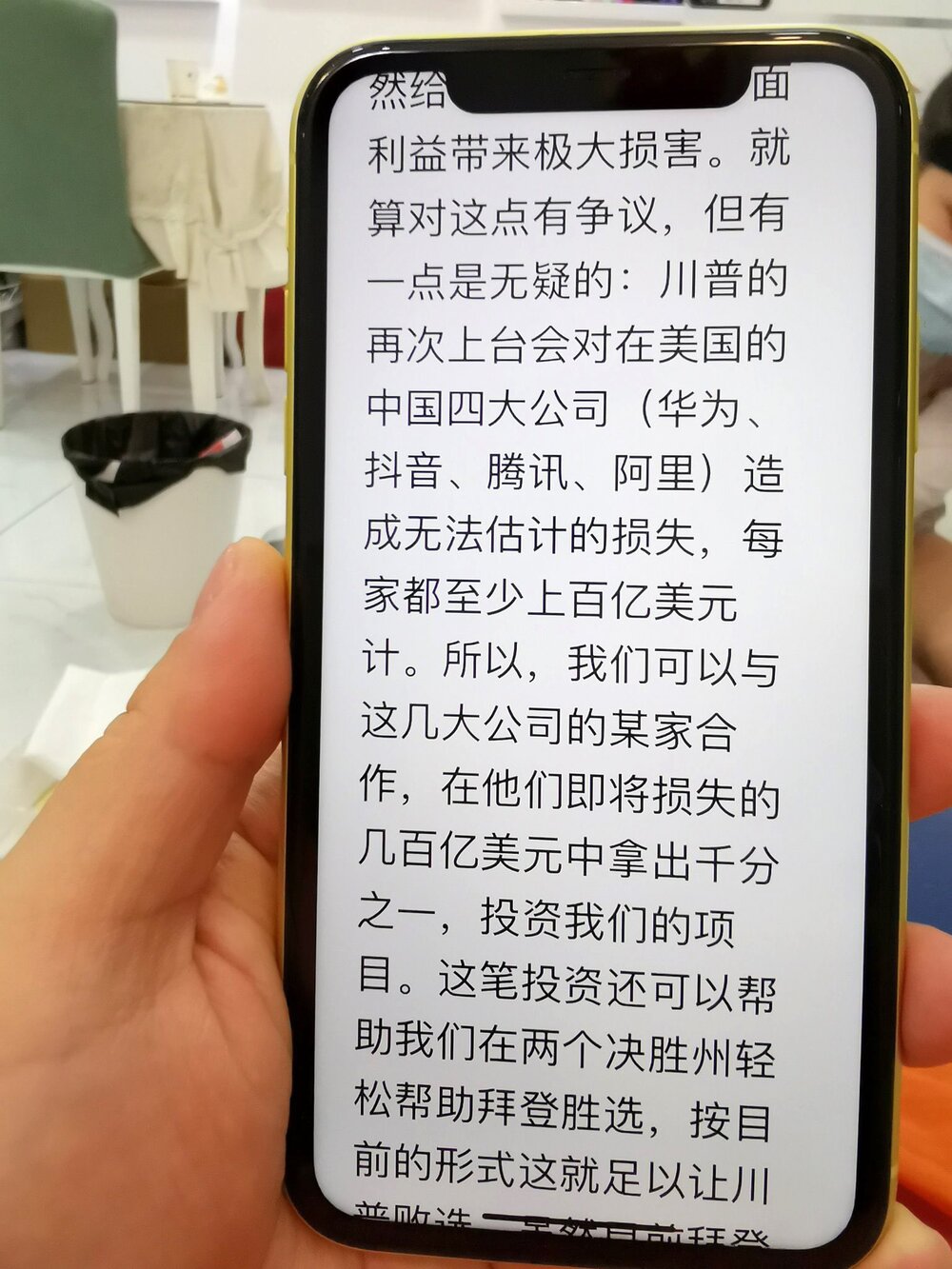
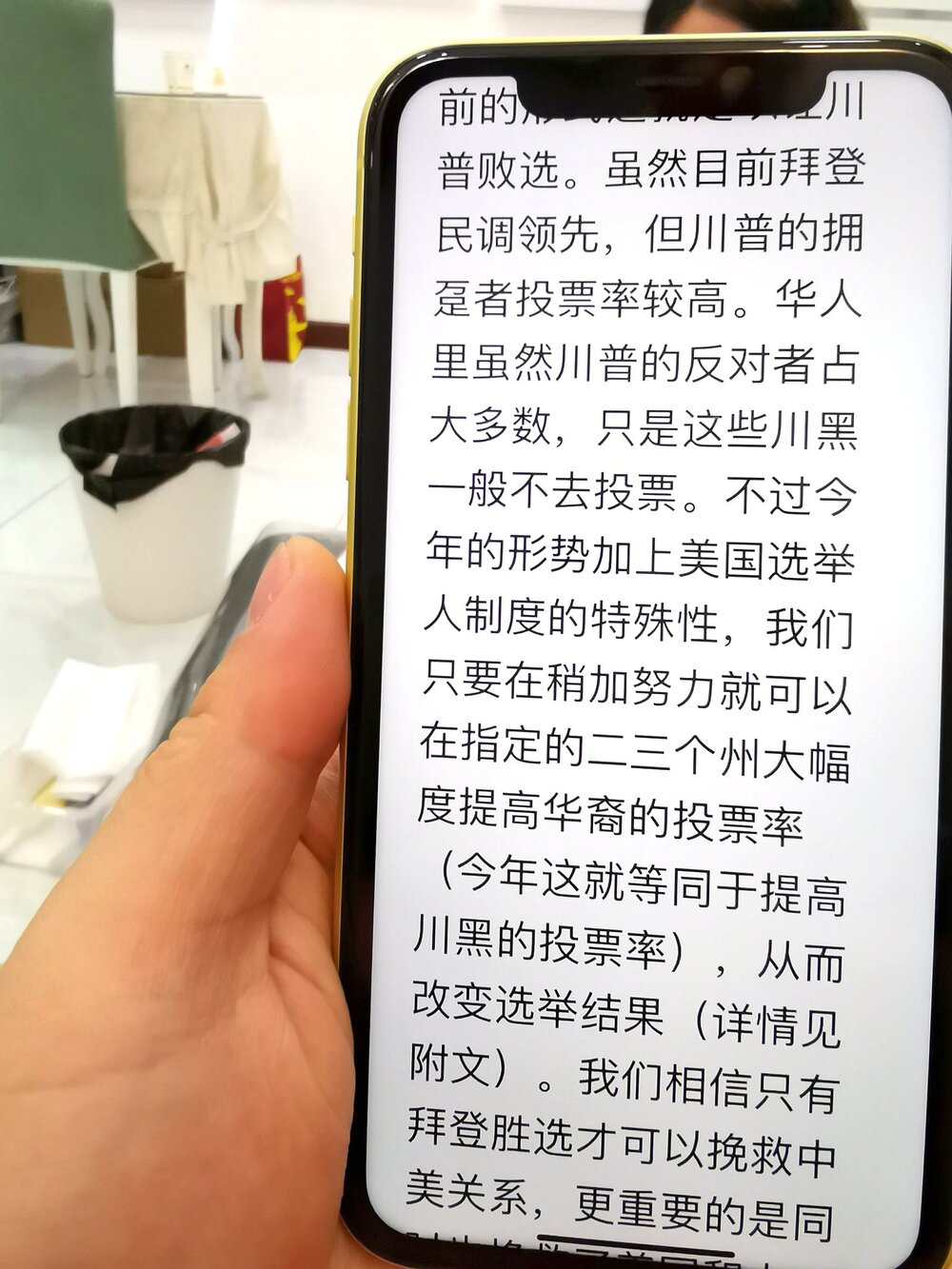
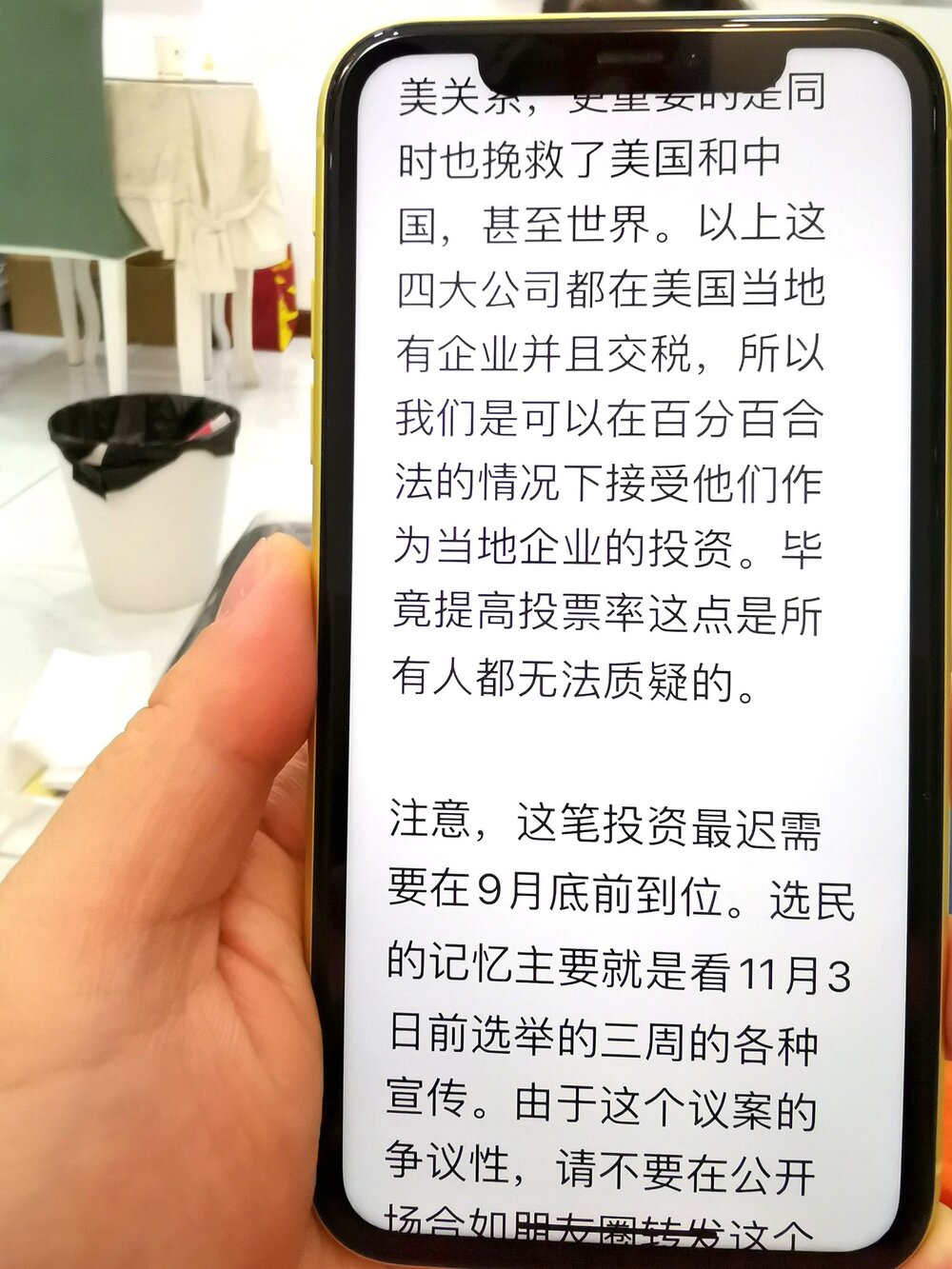
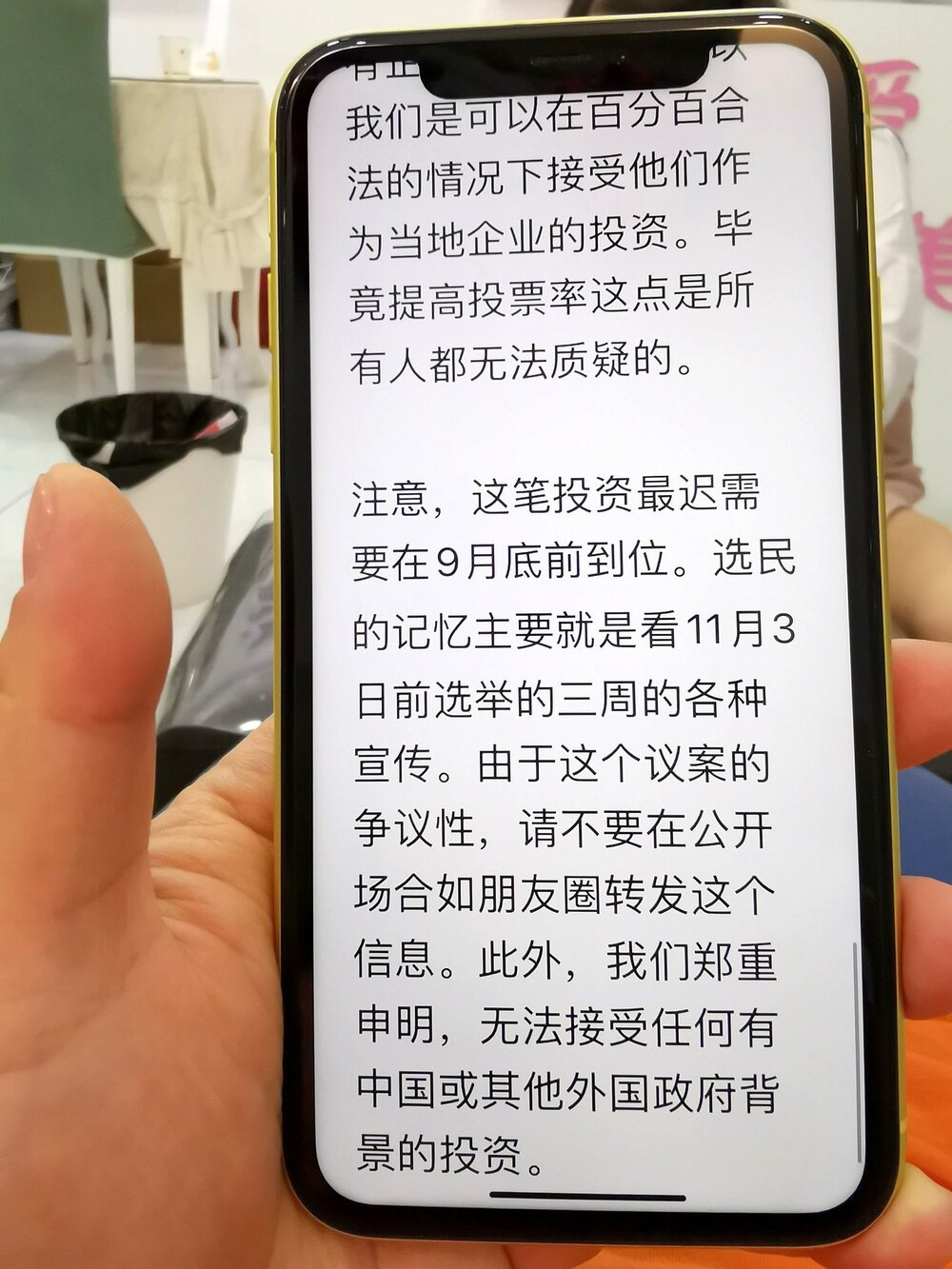
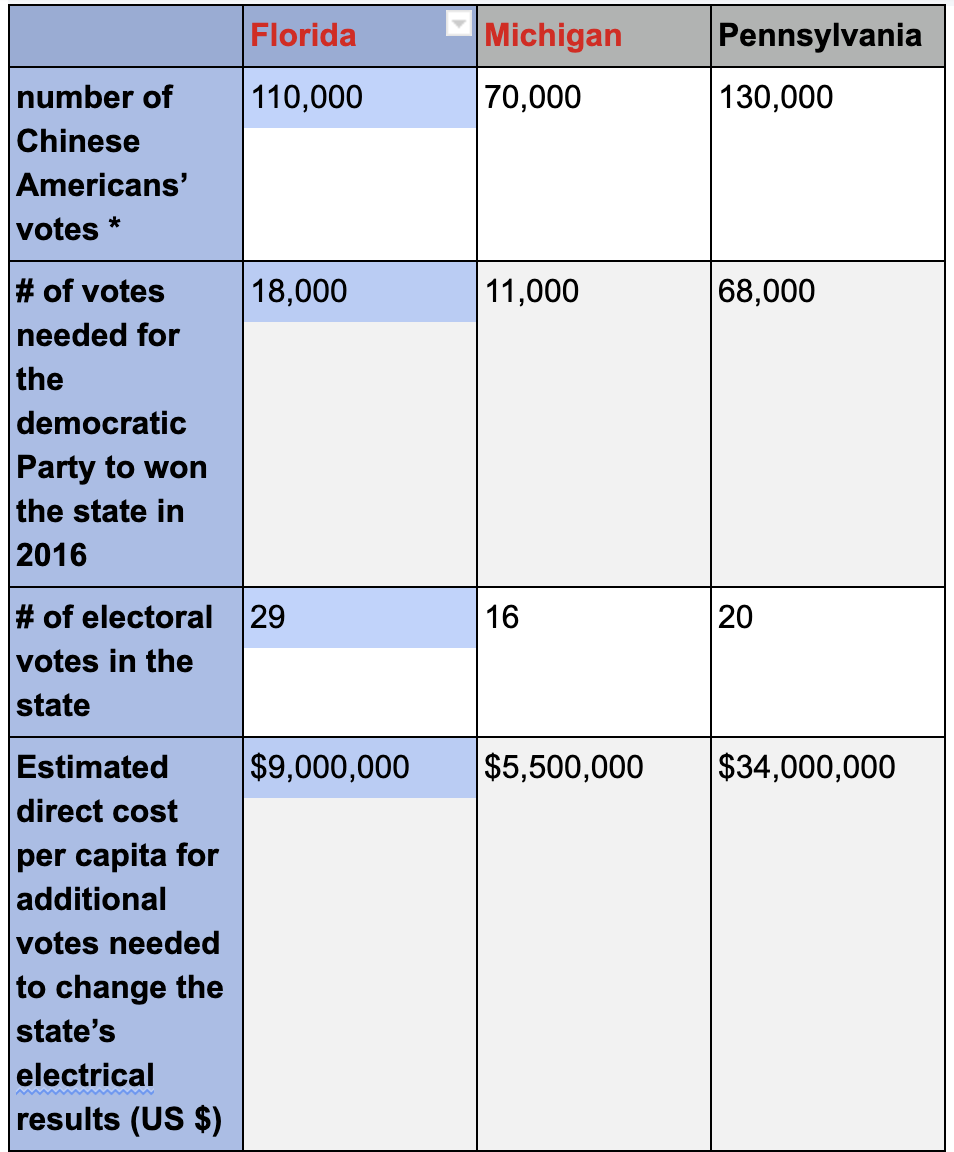
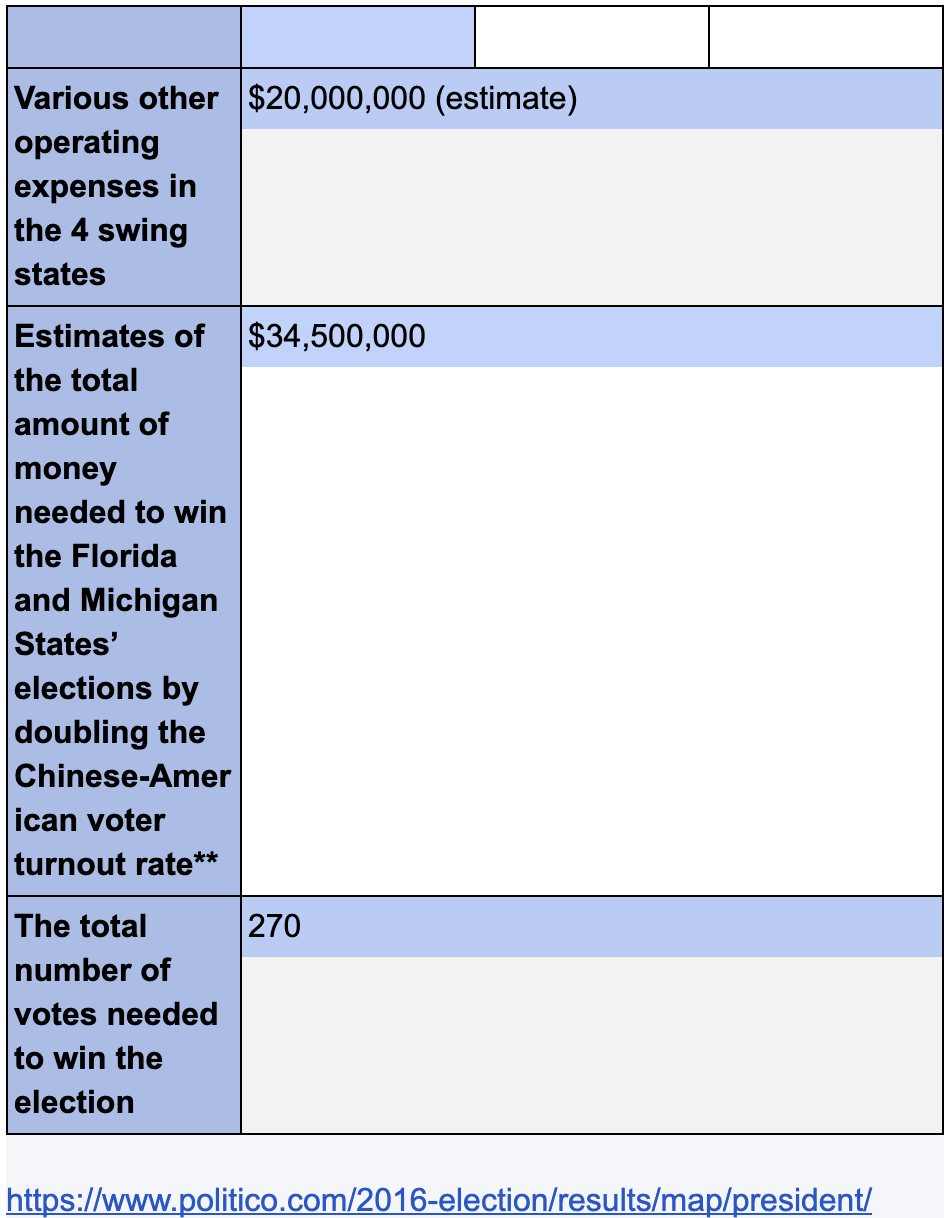
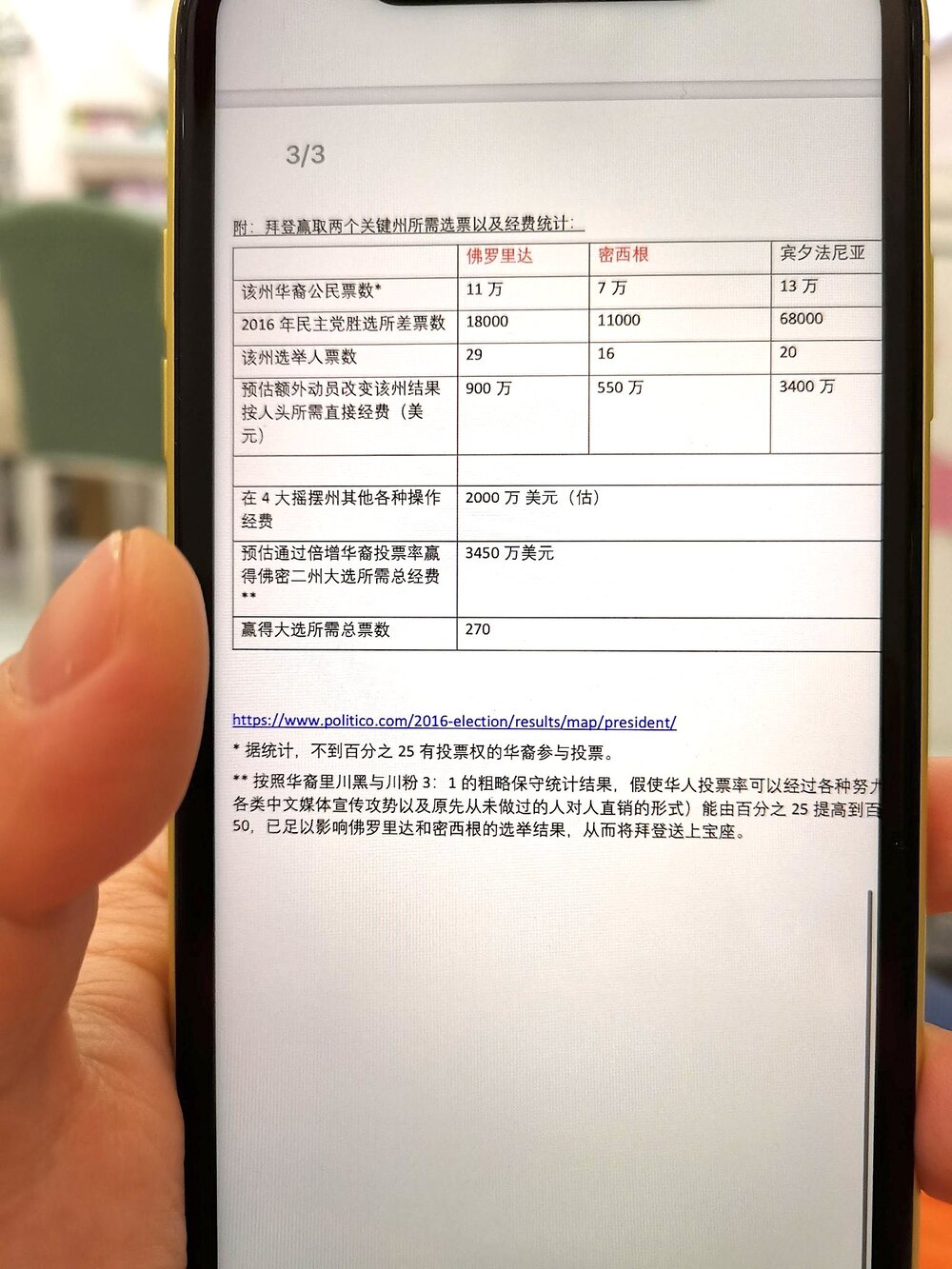
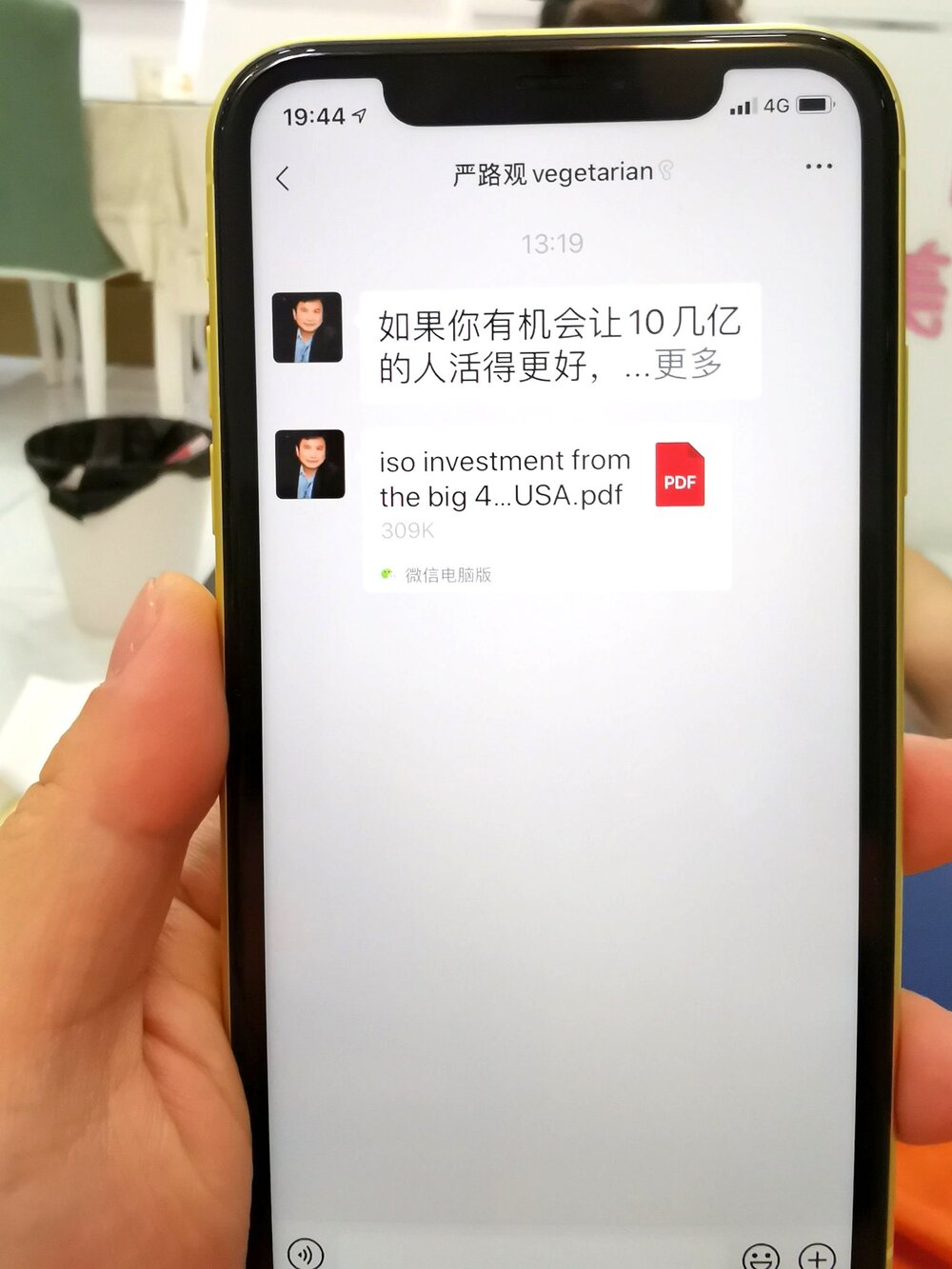
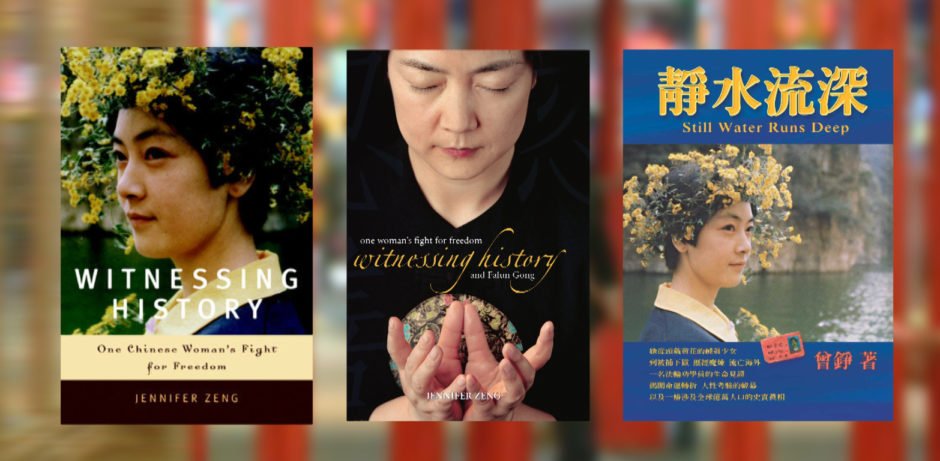








































































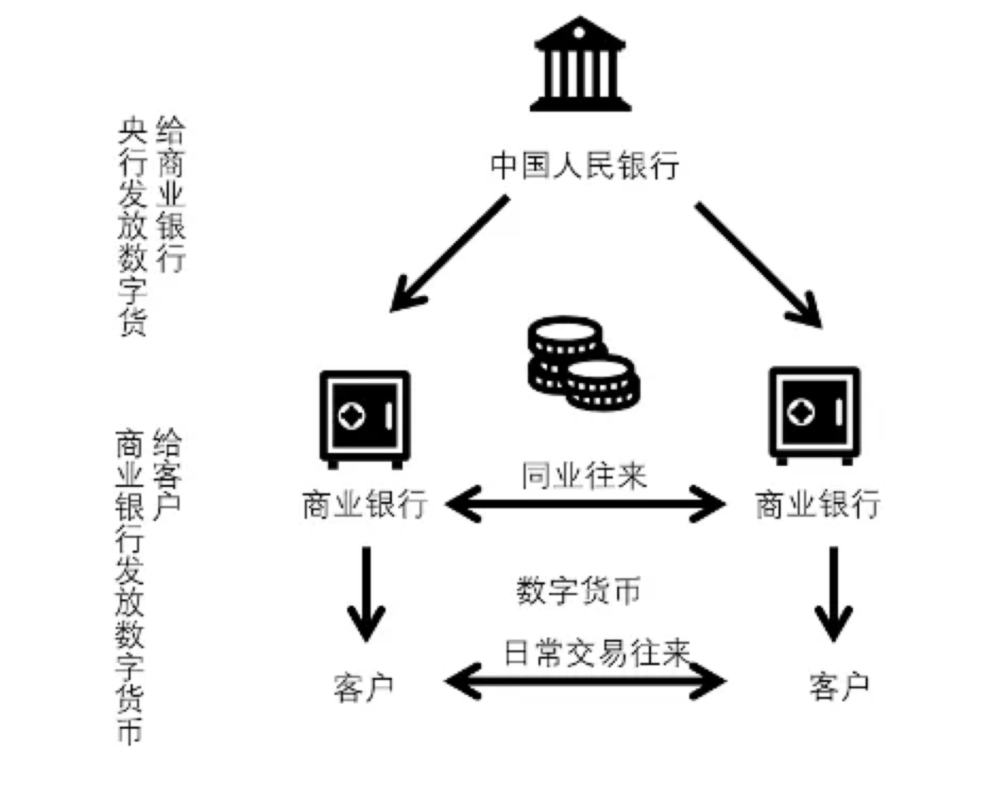





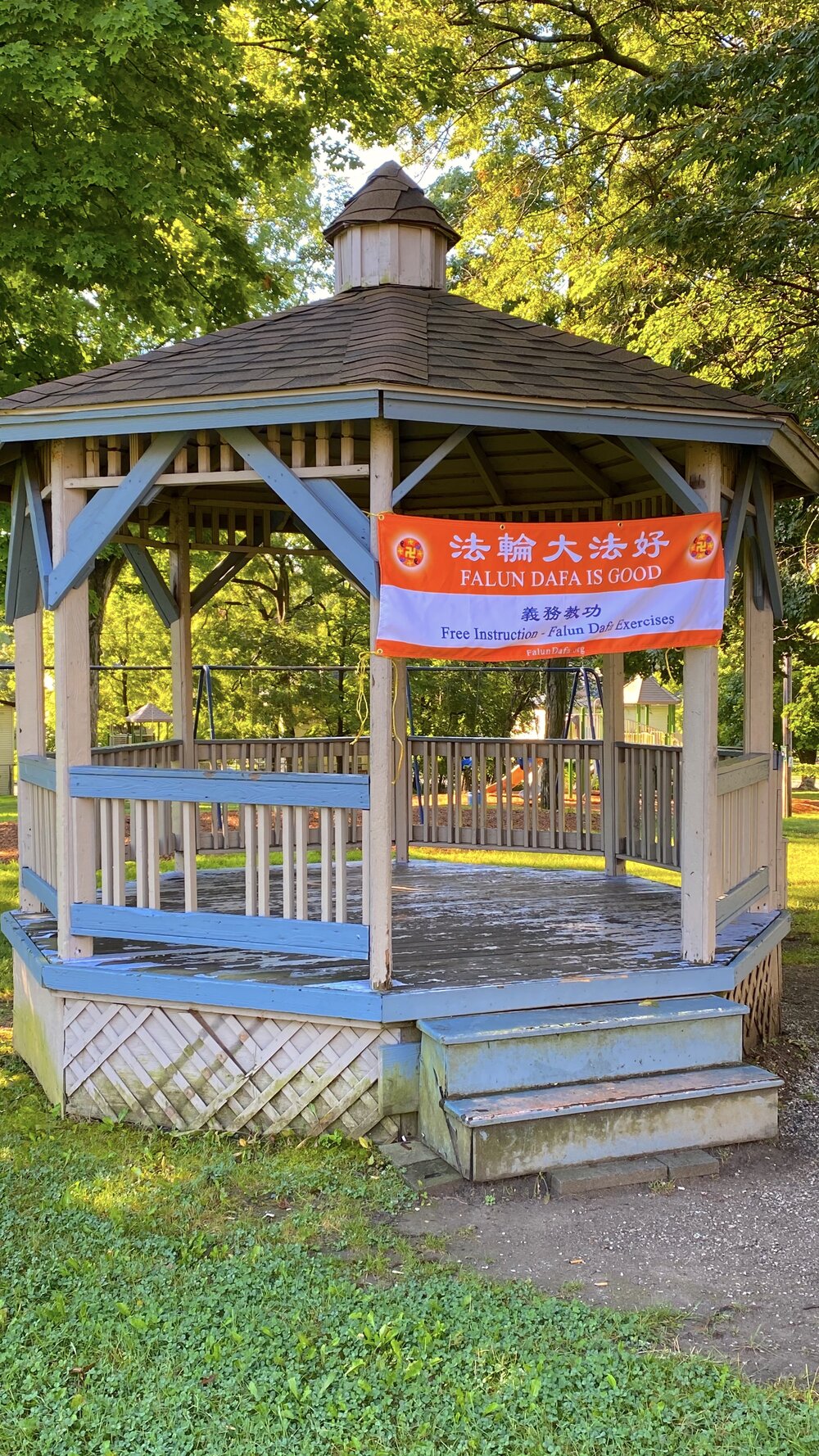


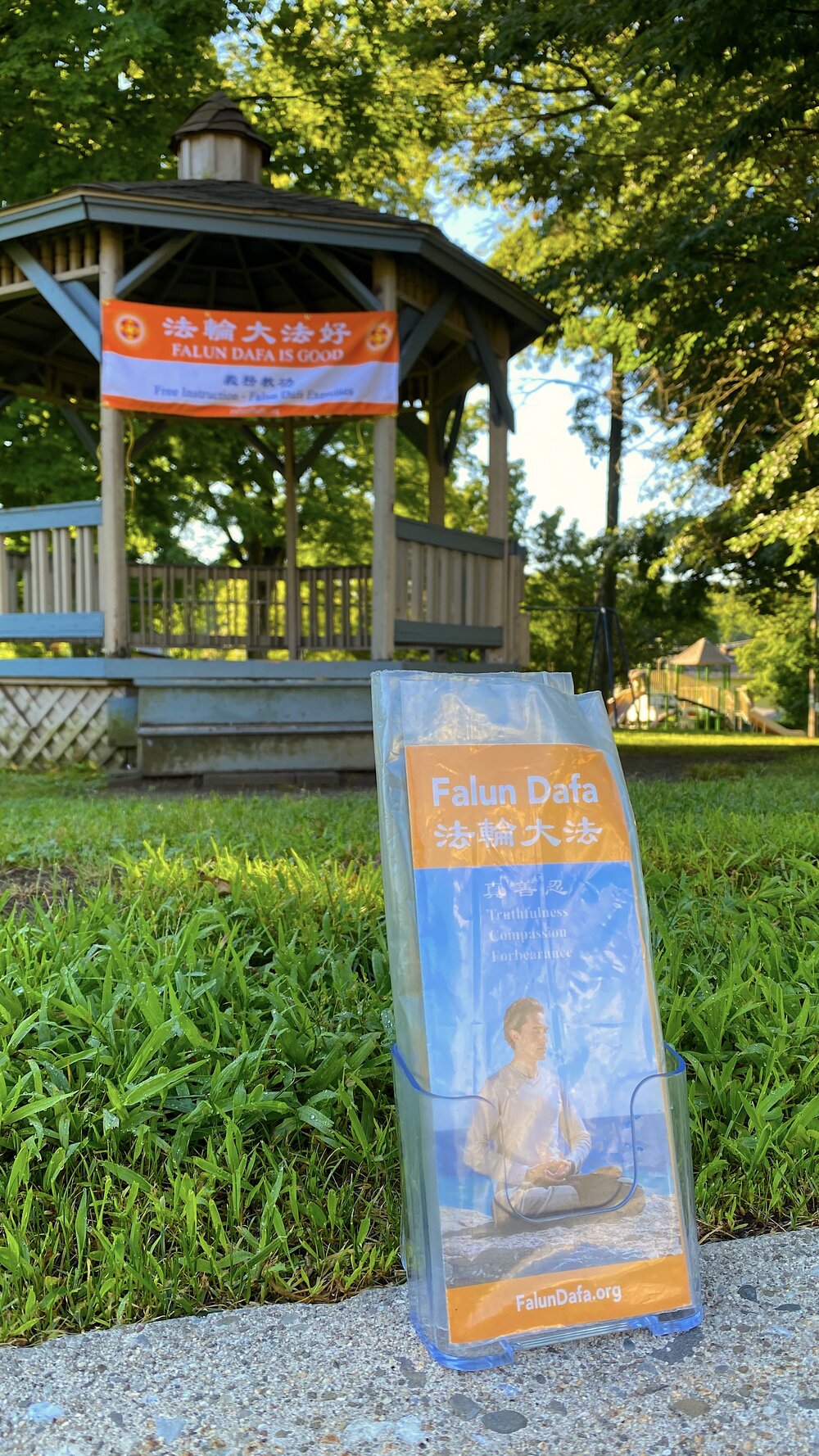





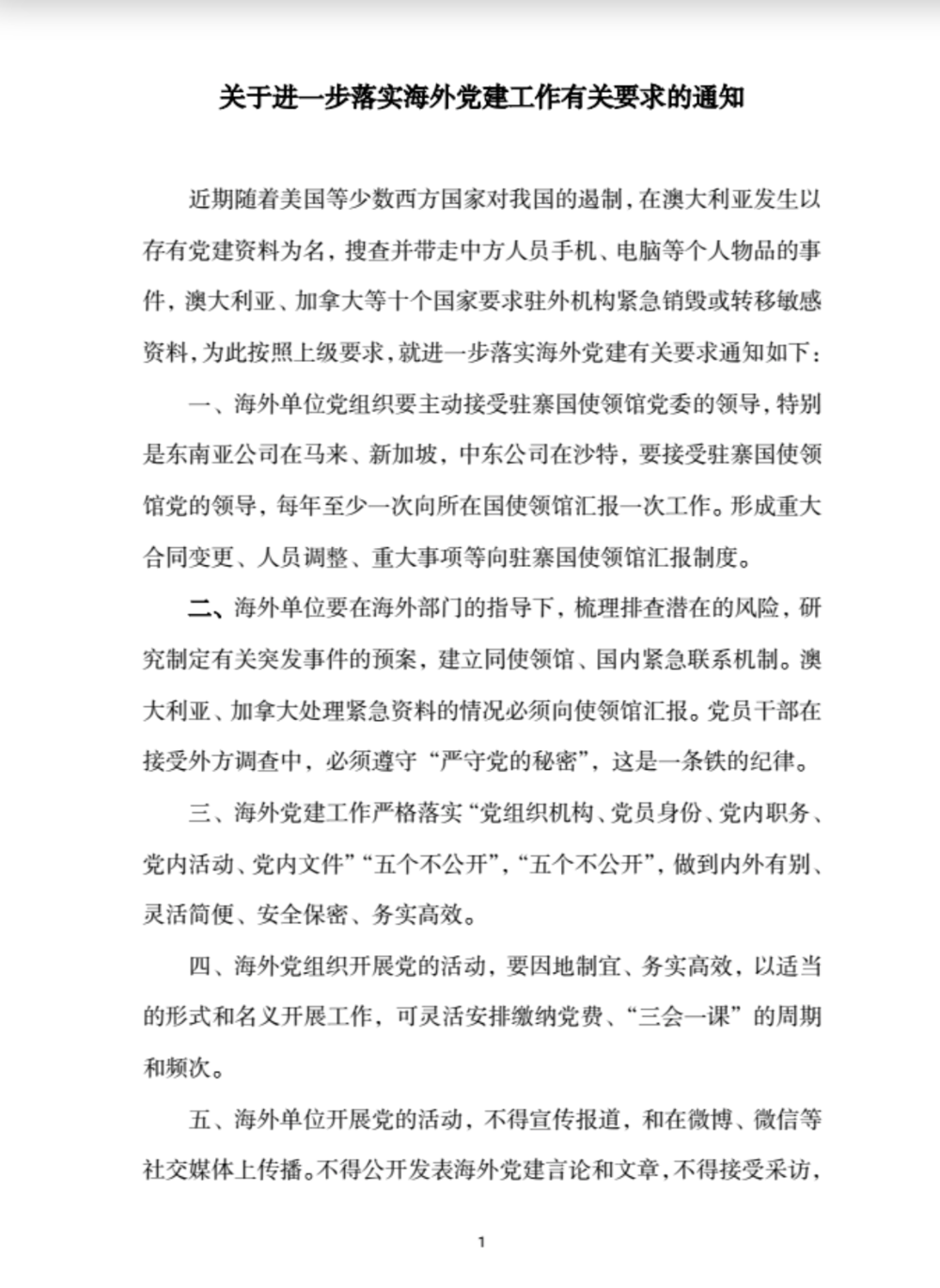
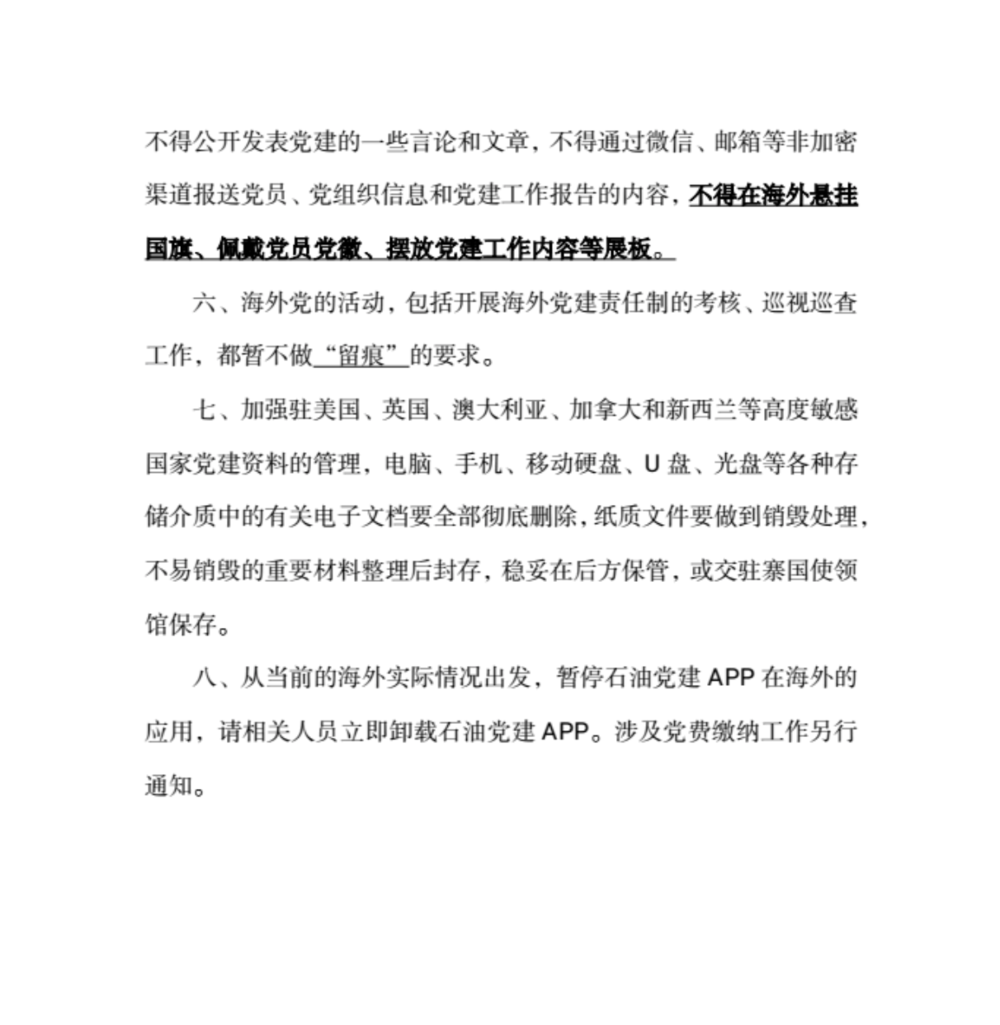
The CCP’s Secret (& Not So Secret) Cultural Genocide Applies to All Ethnic Groups
Hello, everyone! Welcome to “Inconvenient Truths by Jennifer Zeng”.
If you are following me on Twitter, you might have seen me tweet a lot of videos lately about the Mongolian people’s protests against the Chinese Communist Party’s, (the CCP’s) decision to cancel Mongolian language instruction in Mongolian schools. I called it “cultural genocide” in my first tweet. What happened exactly? Why would the CCP do such a thing? Does the CCP intend to replace Mongolian language and culture with Chinese language and culture? If I say that the CCP has long since launched a cultural genocide on the Chinese language and culture too, would that make sense to you? If not, please don’t go away. I will explain later about this very important issue that many people fail to realize.
Textbooks Must “Embody the Will of the Party and the State”
First, let me briefly talk about the latest situation in Inner Mongolia or Southern Mongolia.
On Aug. 26, the Mongolian Government’s Department of Education announced that starting from the new school year on September 1, all primary and secondary schools in Inner Mongolia will begin to use Chinese language teaching materials.
The government explained that “General Secretary Xi Jinping pointed out that education is a major national and Party project. The construction of teaching materials is of national importance.” Therefore the Party has established the “National Textbook Committee” in July 2017 to further strengthen the management and use of teaching materials in universities, primary and secondary schools, and colleges as a national initiative; and a set of national “standardized teaching materials” for three subjects including Chinese language, politics (ethics and the rule of law) and history was created and put in use since Sep. 2017 in all primary and secondary schools in China, as well as in Xinjiang.
In 2018, schools in Tibet also started to adopt these “standardized teaching materials” in Chinese. And from Sep 1 this year, ethnic schools in six provinces including Inner Mongolia, Gansu, Jilin, Liaoning, Qinghai, and Sichuan, are also required to adopt these textbooks.
The CCP has made it very clear: “Textbooks embody the will of the Party and the State, reflect the major concerns of the people, preserve China’s outstanding culture and the advanced achievements of human civilization, and are an important vehicle for resolving the fundamental questions of what kind of people to nurture, how to nurture them, and for whom to nurture them. Textbooks have a direct bearing on the implementation of the Party’s education policy and the realization of educational goals.”
So to put it in simple language, textbooks and education in school must serve the party and the party’s needs.
“Devil Is In The Detail”
Although the CCP claims that the current “bi-lingual” instruction system will not change, and apart from the first grade of primary school and secondary school, students in other grades can continue to get instructions in both ethnic languages including Mongolian and Korean language, so the schools are still having “bi-lingual” system.
However, as the first-grade students can only study the “standardized” Chinese language textbooks from now on, several years later, after the current students of grade 2 to grade 6 graduate, all students will be studying Chinese language textbooks only.
And then, after several decades or sooner, perhaps nobody will know how to speak the Mongolian language anymore, and the language and culture will gradually die out.
That’s how serious it is.
Protests and Crackdown
If you understand the above, you will understand why large scale protests have broken out in many cities in Inner Mongolia. Tens of thousands of students and parents launched strikes and protests. Some schools forced students to take classes, while brave students stormed out of the school as a protest.
At one school in Tongliao City, a student jumped to her death after being shut inside the school and seeing her mom beaten by police.
Video clips show that military armored vehicles appeared on the streets of Inner Mongolia, students got arrested by the CCP police, and some shops are not allowed to sell Mongolian language books.
In the meantime, the CCP ordered all cadres and employees to send their children to school. A comprehensive investigation needs to be conducted to find out who hasn’t sent their children to school. Those who don’t will be punished.
The latest news gathered from a meeting at the Inner Mongolia University was:
The order to cancel Mongolian language education is from CCP’s head Xi Jinping.
The CCP thinks, as usual, that the protests in Inner Mongolia were induced by “anti-Chinese separatists” outside the country. Those who collaborate with foreign forces need to be arrested.
It is prohibited to mention that “bilingual education” is unconstitutional.
4. The relevant regulations in the Constitution will be amended in the future. By the way, the CCP keeps “amending” the Constitution all the time.
5. Everyone must accept the “bilingual education” unconditionally.
6. All forms of protest must stop.
Mongolia is Not the First and Only Target
As I mentioned earlier, Inner Mongolia is not the first and only target of CCP’s cultural genocide. The so-called “standardized” Chinese language textbooks have already been adopted in Xinjiang and Tibet in 2017 and 2018, only the outside world didn’t know much about it.
Several days ago, on Aug 28-29, the CCP held its “ 7th Tibet Work Forum” in Beijing. Xi Jinping made an “important” speech, in which he said, “We must adhere to the leadership of the Chinese Communist Party, the socialist system with Chinese characteristics and the system of regional autonomy”.
He also stressed that the CCP needed to “strengthen education and guidance for the masses, widely mobilize them to participate in the anti-secession struggle, and form a brass wall to maintain stability”, to “carry out in-depth education on the history of the Party, the new China, reform and opening-up, and the development of socialism, as well as on the relationship between Tibetan regions and the motherland (China), and guide the masses of all ethnic groups to establish a correct outlook on the country, history, ethnicity, culture, and religion.”
He also said that “We should actively guide Tibetan Buddhism to adapt to a socialist society and promote the Chineseization of Tibetan Buddhism.”
First Round of Genocide
We all know that since the CCP’s occupation of Tibet in the 1950s, hundreds of thousands, some say as many as 1.2 million Tibetans have been killed. Religious persecution has never stopped, and the cruelty is astonishing.
In Mongolia, mass killing and persecution have also happened frequently. In the so-called “Inner Mongolia incident” during 1967-1969, over a million people were categorized as members of the already-dissolved Inner Mongolian People’s Revolutionary Party, tens of thousands were killed. Methods of torture were most terrifying. Branding with hot irons, feeding furnace wastes, removing livers, hanging, cutting tongues and noses, piercing nails, piercing vaginas, pouring hot saline water into wounds, etc, were all applied to Mongolians.
When I lived in Australia years ago, I met Professor Yuan Hongbin, who was born and grew up in Inner Mongolia.
He personally saw such a scene in a village, and I personally heard him telling this story:
During the “Inner Mongolia incident”, several CCP soldiers hung an old Mongolian man on a tree, with his two hands and two legs tied together from behind. Underneath the old man was a big iron pot with a diameter of nearly two meters.
The soldiers burned the empty iron pot until it was red, then slowly lowered the man closer and closer to the pot, then pushed open his clothes, and exposed his naked belly to the burning red pot. Then suddenly the old man’s belly burst with a bang, and his intestines fell into the red-hot pot and immediately scurried up like a snake…
I am sorry if this is too horrible to hear. But imagine that the people had to suffer through this and watch it happen right before their very eyes…
Latest Round of Genocide
This kind of cruelty is hard to maintain, though. So after the CCP successfully suppressed down the rebellion, it tried to create an impression that all ethnic groups can live in harmony, happiness, and freedom under the CCP’s rule.
However, the CCP’s desire to control, enslave, and assimilate every ethnicity is too strong for itself to hold back its effort to try to turn every group into its submissive slaves. If an ethnic group still has its own language, culture, and religion, it can never become 100% slaves of the CCP.
That’s why for decades, the CCP has been trying to marginalize and then eliminate other cultures and languages. And that’s why we are seeing the latest round of the CCP’s attempt to wipe out the Mongolian language. For the CCP, if something cannot be used or controlled by the party, it is useless and should certainly be wiped out.
The danger is, after decades of suppression, brainwashing, and buying over, some people have become numb or accustomed to their situations, like frogs being boiled slowly in warm water, they no longer feel the danger until it is too late.
If the CCP can successfully push down the protest and achieve its goal in Southern Mongolia this time, I don’t know what that would mean for the Mongolian culture and Mongolian people.
A Hidden Cultural Genocide: China and Chinese Culture
Many years ago, I was invited to speak at a human rights forum at the Western Sydney University in Australia. A Tibetan community leader was also invited.
I remember after he talked about the human rights violations in the CCP occupied Tibet, he said something like, “Let’s put China in the ‘naughty corner’”, which means China should be punished for the atrocities suffered by the Tibetans.
After hearing him saying that, I stood up and said, “Can I make a suggestion? Can we say ‘put the CCP in the naughty corner’ instead of China?”
Then I went on to say that the CCP was not only the enemy of Tibetan people and Tibetan culture but also the enemy of Chinese people and Chinese culture. Only because the CCP also uses the Chinese language to do evil, many people failed to realize that the CCP has also committed cultural genocide to Chinese people and Chinese culture.
Why did I say that? If we only talk about the language itself, the CCP modified, or “simplified” the Chinese characters in the 1950s. About 2500 Chinese characters have been “simplified” and changed. As a result, the deep cultural connotation of the Chinese language has been lost.
For example, the traditional Chinese character for love “ai(愛)” has a Chinese word for heart (心)in it; but the simplified Chinese character for love (爱)no longer has the word “heart” in it. Can “love” without a heart still be love?
Another example is the traditional Chinese word “qin (親)“. This word means family, dear, close, etc. In the process of simplification, half of the character qin, which is “jian(見)“ was cut off, with only half of the original character left. The cut-off part means “see, look, meet”. So people say that in CCP’s China, families are no longer meant to see one another because the word “see” was cut off from the word for family.
There are many, many other similar examples, and I am afraid that I don’t have time to talk about them all.
The Chinese language is one of the most ancient, most profound, and yet most simple languages in the world. Although there are tens of thousands of Chinese characters in total, the most commonly used ones are only about 3500 characters. So out of the 3500 characters, 2500 were modified, or simplified, would you say that this language is still the original Chinese language? No, it has already been greatly altered beyond recognition.
If we talk about the connotation of the Chinese language, the damage and alterations are even greater. Language does not exist alone, or independently. Inside the language, there are culture, religion, values, traditions, and new expressions coming into being with new social development, new science, and technology.
Ever since the CCP took power in China, it has been constantly eliminating or wiping out traditional Chinese culture and values, as well as religions. It re-wrote and re-interpreted the Chinese history, and “simplified” it into a history of “class struggles”, of the ruled class throwing out the ruling class, and a process of preparing Chinese society for socialism and then ultimately communism.
If we look at the history of China before the CCP, it was a history deeply embodied with spiritual pursuit. For thousands of years, Chinese people practiced Taoism, Buddism, Confucianism, and pursued spiritual perfection, or consummation. These have already been embodied in Chinese people’s everyday life and everyday language.
However, the CCP has barbarously eliminated almost all of the real essence of Chinese culture and used its “simplified” Chinese words to establish a party culture, a CCP culture that is full of violence, hatred, inadequacy, ugliness, and pursuit for the material, and desires only.
For example, if you read ancient Chinese poems or novels, there were so many different ways to describe the beauty of a lady. Each of them had their own, unique beauty, characteristics, and charms; and they lived vividly in your mind and imagination.
However, nowadays, it seems that there is only one way left to describe a good looking young lady, which is, “顏值很高”, which means she scores high with her appearance. Sometimes they also say “顏值能打“, or “顏值吊打” , “顏值碾壓“, which means her appearance can beat that of others. So in other words, they mark the beauty of different human beings with the same kind of scoring system, and those who score higher have the right to look down upon or run over those who score lower. What kind of nonsense is that, right?
And when they talk about young, handsome men, they call them “小鮮肉“, which means ”young, fresh meat”, or “young, fresh flesh”.People are no longer referred to as human beings with a soul but are reduced to a piece of meat, or living, walking meat, at most.
This kind of ugly and disgusting language is everywhere on the Internet, and young people use it every day without even feeling any issues using it.
If we were to discuss this further, there’s so much more to explore, but I’m afraid that I wouldn’t be able to cover everything even if I kept talking for days. So I will stop here.
All in all, with the latest cultural genocide in Inner or Southern Mongolian, I hope people can see one more time that the CCP is the real enemy of mankind. Chinese, Tibetans, Mongolians, Uighurs, and many other ethnic groups are all victims of the CCP; and mankind should join forces to stop it before it can take more cultures and human beings to destruction.
That’s all for today. Thank you for watching. Truth saves lives. Please subscribe to and share my channel, and check out my other videos.
Thank you. See you next time.
9/3/2020
***************
Truth Saves Lives. Subscribe and support! 真相能救命。請支持!
Subscribestar 會員頻道: https://bit.ly/3fEzeJB
YouTube 油管:bit.ly/3b87DPj
GoFundme 衆籌:https://bit.ly/2zx6LVw
Patreon 網站:https://bit.ly/3cvBy3H
Paypal 捐款:http://paypal.me/JenniferZeng97